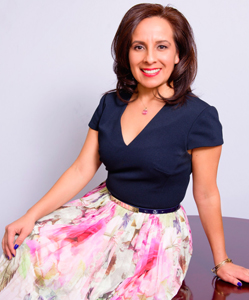Introduction
 Writing a self help or how to book is not that difficult. It can simply be a book on building a shelf for your garage, making unique quilts, techniques to parenting teenagers, or maybe how to heal from a relationship. Writing these types of books is all about selecting your idea, organizing your thoughts, and then understanding what it is that you want to convey to your reader.
Writing a self help or how to book is not that difficult. It can simply be a book on building a shelf for your garage, making unique quilts, techniques to parenting teenagers, or maybe how to heal from a relationship. Writing these types of books is all about selecting your idea, organizing your thoughts, and then understanding what it is that you want to convey to your reader.
People tend to write these types of books because they have a great idea, skill, or talent that they would like to share with others. Writing a book showcasing these skills and talents also brings personal satisfaction for many authors. Writing a self help or a how to book are very similar processes as they both include teaching something or helping someone, and both usually provide examples and illustrations to showcase the information.
One of the most important things before beginning your book is to understand the goal and set milestones to complete it. You must be able to narrow your topic so that it becomes succinct and the reader is not taken on a road that goes nowhere otherwise they may become disillusioned with the information.
Knowing your topic is essential to getting the reader to trust the information and believe your advice. A good place to start is to look at other self help and how to books. This will give you a sense of how these types of books are written. Many times you can learn from other experts already in the field, so why reinvent the wheel if you don’t have to.
It’s important that a book have a positive tone and that it provides a reader with a visualization of success. It should be inspirational and it should motivate a person to complete something yet provide knowledge at the same time.
What goes into a book?
A self help or how to book both require that you have:
- An idea
- An outline
- A great title and a book hook
- Logically organized chapters
- Examples and illustrations throughout the book
- Bullet Points
- Interactive elements such as checklists, quizzes, journaling, etc.
- Front matter; Title page, Introduction, Forward, Acknowledgement, Table of contents, Preface, Dedication, Permissions
- Back matter; Recommended Reading Lists, Appendix, Reference Section, Footnotes Section, Bibliographies
Once the book is written, if applicable, you will need to get permissions if using substantial material from other sources. In addition, you will most likely be looking for an agent or publisher. Keep in mind that selling your book to a publisher before you begin writing can save you a lot of time. Once a publisher accepts your idea, they can then help you focus on what they are looking for and can guide you in a direction that could give you a best seller. Be receptive to their advice as this is their expertise.
If you decide to write a book without using an agent, it may just go into a slush pile for a while before an editor can get to it. Agents usually have established business relationships with editors and publishers and can most probably keep your book from going into that mindless slush pile that everyone wants to avoid. You can, of course, decide to go the route of self publishing and this is also a viable option for many authors today. Either way, it’s your decision. Just understand your options and possible crossroads along the way.




